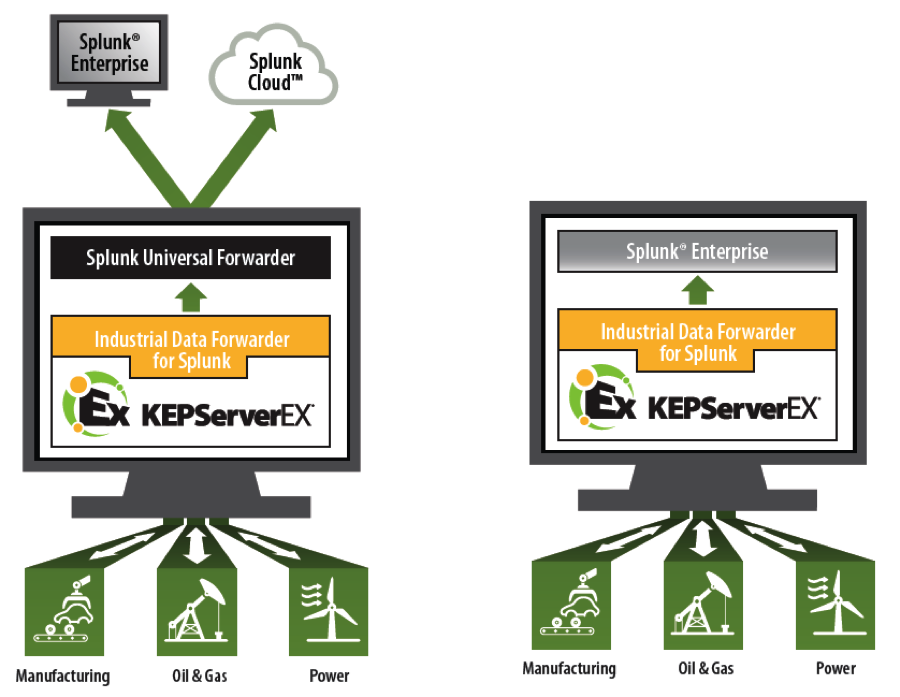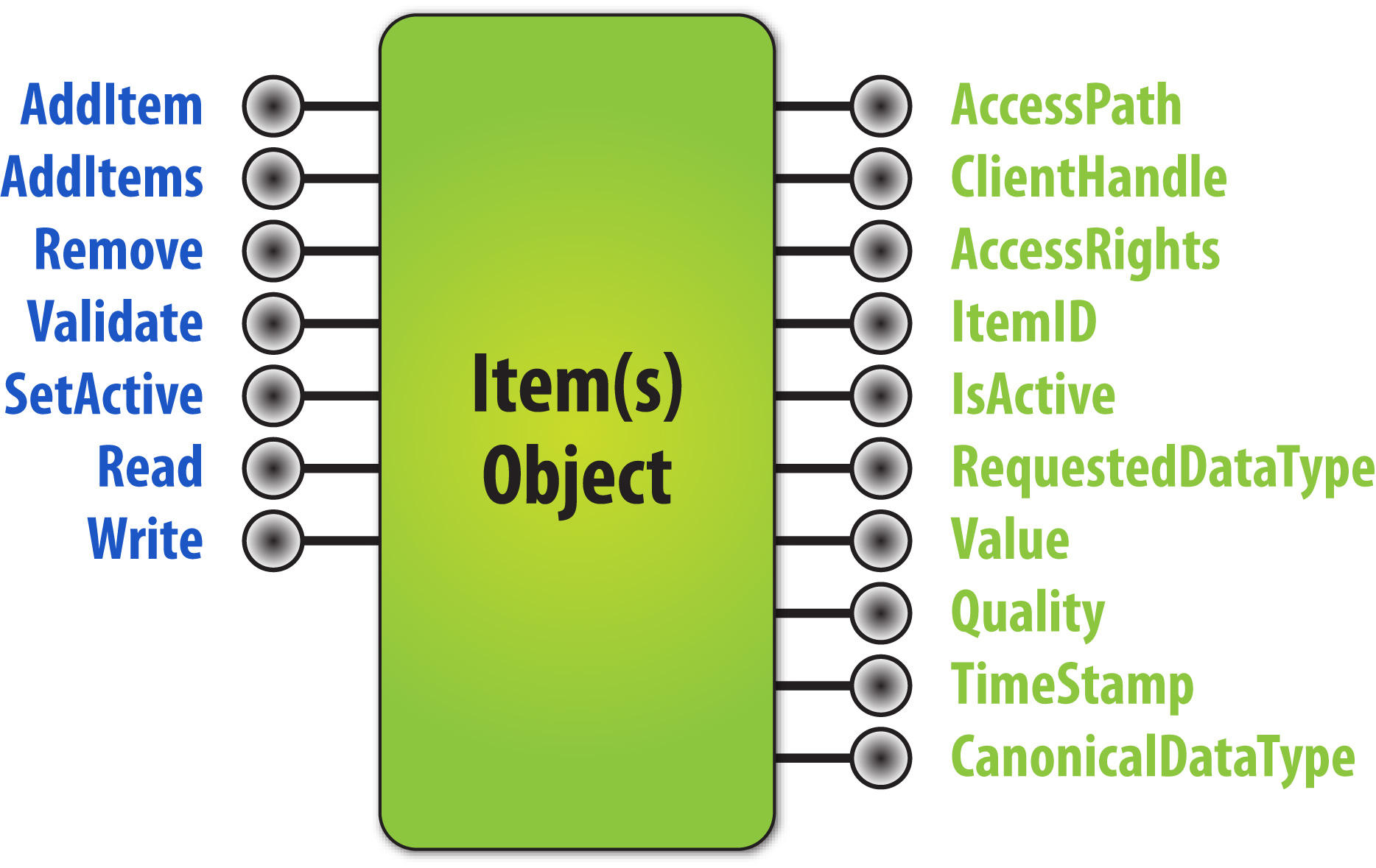By Nathan Pocock, Director of Compliance
In our last newsletter we reported a high number of test failures. Products are generally passing Compliance, Interoperability, and Usability on first attempt; application crashes and resource leaks continue to be the cause of most failures. In response, we released Certification Resource Efficiency Testing to provide step-by-step guidance on how to conduct high quality robustness, recovery, and stress testing within your own lab environment.
Certified OPC products are ideal for production use because they have been tested by the OPC Foundation Certification Test Lab for compliance, interoperability, usability, but most importantly: robust error handling and recovery that will provide years of reliable operations, greatly reducing the costly risks of unavailability and/or shutdown.





